Table of Contents
What Is the Air Recirculation Button For? Complete Guide
The air recirculation button is a standard feature in nearly all modern cars, yet many drivers aren’t sure when or how to use it properly. Located on the HVAC (Heating, Ventilation, and Air Conditioning) control panel, this small button can make a big difference in comfort, efficiency, and air quality inside your vehicle.
In this article, we’ll explain what the air recirculation button does, how it works, the benefits and drawbacks, and when you should (and shouldn’t) use it. We’ll also clear up common myths and answer frequently asked questions to help you get the most out of your car’s climate control system.
What Is the Air Recirculation Button?
The air recirculation button is usually marked with an icon of a car and a circular arrow inside.
- – Function: When pressed, it closes off outside air intake and recirculates the air already inside the cabin.
- – Location: Typically near the AC or climate control knobs, easily accessible to the driver and front passenger.
By controlling airflow, this button allows your HVAC system to work more efficiently and provide better comfort.

How Does the Air Recirculation Button Work?
- – Without recirculation: Fresh outside air enters the vehicle, passes through the HVAC system, and is heated or cooled before being blown into the cabin.
- – With recirculation activated: Outside vents close, and the system reuses cabin air, cooling or heating it more quickly since it has already been conditioned.
This makes recirculation particularly effective in extreme weather conditions whether cooling down a hot cabin or retaining warmth in cold weather.
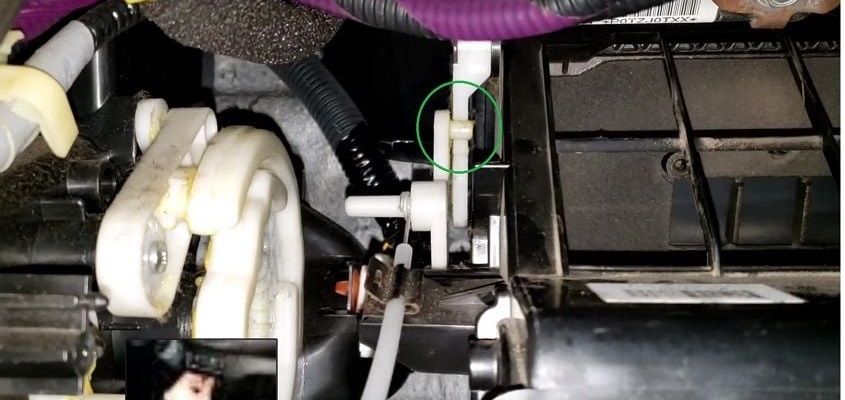
Benefits of Using the Air Recirculation Button
| Benefit | Explanation | When It’s Most Useful |
|---|---|---|
| Reduced exposure to pollutants | Blocks exhaust fumes, dust, and allergens from outside air | Traffic jams, polluted areas |
| Faster cooling | Recirculates already cooled air for quicker results | Hot summer days |
| Better heating | Retains warm air in cabin | Cold mornings/winter |
| Enhanced comfort | Maintains more stable interior temperature | Long drives |
| Fuel efficiency | HVAC system works less hard, saving energy | Extreme heat or cold |

When Should You Use the Air Recirculation Button?
- 1. Hot Weather – Speeds up cooling and keeps the cabin cool longer.
- 2. Cold Weather – Helps the car warm up faster by reusing heated air.
- 3. Traffic Jams – Prevents exhaust fumes from entering the cabin.
- 4. Polluted or Smelly Areas – Keeps out unpleasant odors, smoke, or dust.
When Not to Use the Air Recirculation Button
While helpful, overusing the recirculation mode can create problems.
| Situation | Why Avoid Recirculation? |
|---|---|
| Foggy windows | Prevents fresh dry air intake, increasing fog on glass |
| Long use without fresh air | Can cause CO₂ buildup, leading to drowsiness |
| High humidity | Raises moisture levels inside cabin, causing discomfort |
Tip: Use recirculation in short intervals and switch to fresh air mode occasionally for balanced air quality.
Does Recirculating Air Save Fuel?
Yes; using the air recirculation button can save fuel because:
- – The HVAC system reuses cooled or heated cabin air.
- – Less energy is needed compared to conditioning hot or cold outside air.
- – The engine works less, improving overall fuel efficiency.
This benefit is most noticeable in extreme heat or cold, where the AC or heater would otherwise strain to modify outside air.
Common Myths About the Air Recirculation Button
| Myth | Fact |
|---|---|
| Always use recirculation to save fuel | It helps efficiency, but constant use may cause foggy windows and poor air quality. |
| Recirculation mode is better for the car | Overuse can increase humidity and stale air inside. |
| It’s only for hot weather | Works in both hot and cold climates to regulate cabin comfort. |

Maintenance Tips for Clean and Fresh AC Air
- – Replace cabin air filter annually to keep airflow clean.
- – Run AC regularly (even in winter) to keep seals and components lubricated.
- – Schedule AC servicing every 2 years for refrigerant and leak checks.
- – Use fresh air mode periodically to refresh cabin oxygen levels.
- – Have odors checked persistent bad smells may indicate evaporator mold or refrigerant leaks.
Explore More Mercedes AC and Climate Control Issues
For a deeper dive into all AC-related issues, visit our hub page: Mercedes AC and Climate Control Problems – Complete Troubleshooting Guide. You’ll find grouped case studies, step-by-step diagnostics, and prevention tips.
FAQs – Air Recirculation Button
Q1. What is the purpose of the air recirculation button?
It blocks outside air and reuses cabin air, helping cool or heat the car faster and keeping out pollution.
Q2. Is using recirculation mode safe?
Yes, when used correctly. Avoid continuous use in humid or foggy conditions to maintain good visibility and air quality.
Q3. Should I use the air recirculation button all the time?
No. Use it selectively during traffic, extreme weather, or polluted areas but switch to fresh air mode regularly.
Q4. Can the air recirculation button help with bad odors?
Temporarily yes, but if odors persist, the issue is likely mold, a dirty cabin filter, or an AC leak that requires service.
Q5. Does air recirculation really save fuel?
Yes. Since the HVAC system works less to condition air, it improves fuel efficiency, especially in extreme weather.
Conclusion
The air recirculation button is more than just another control on your dashboard. Used correctly, it improves comfort, fuel efficiency, and air quality by keeping unwanted outside air out and making your HVAC system work smarter.
However, balance is key. Overusing the feature can cause foggy windows, stale air, and humidity problems. Knowing when to use and when to avoid recirculation mode ensures you enjoy a comfortable and safe driving experience while making the most of your car’s climate control system.
Author
Written by: Mercedes Expert
Automotive Technical Trainer & Mercedes-Benz Diagnostic Specialist
With years of hands-on experience repairing and diagnosing Mercedes-Benz vehicles, specializes in case-study-based troubleshooting guides that blend workshop accuracy with educational clarity.

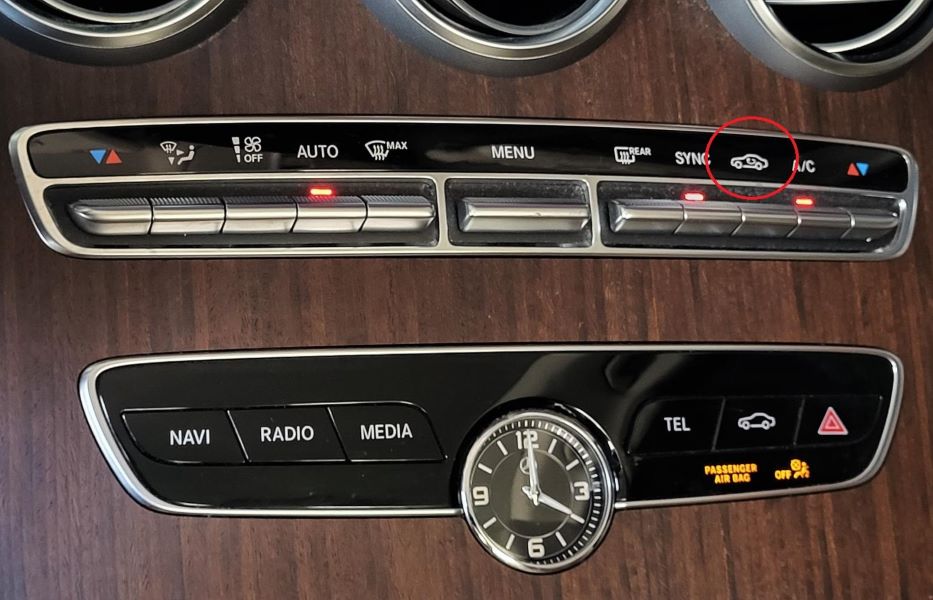
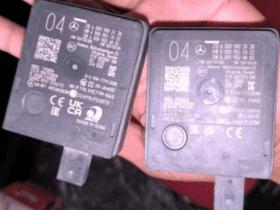
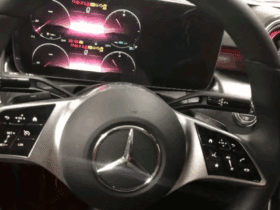
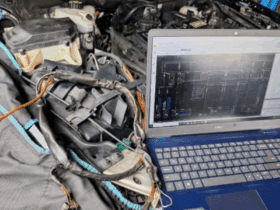
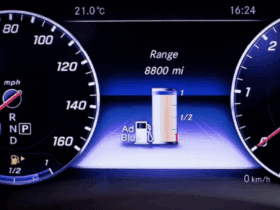
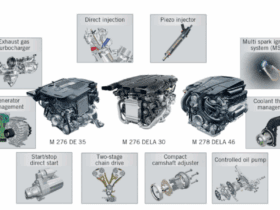
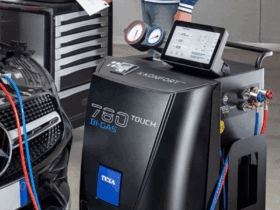
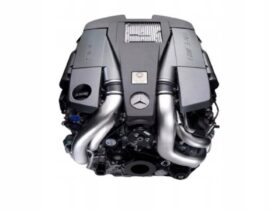
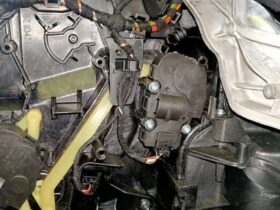
Leave a Reply